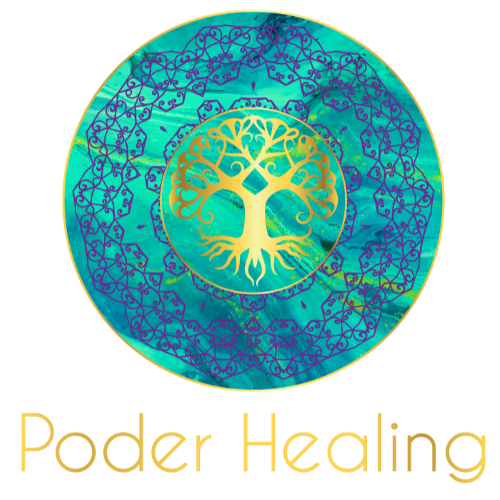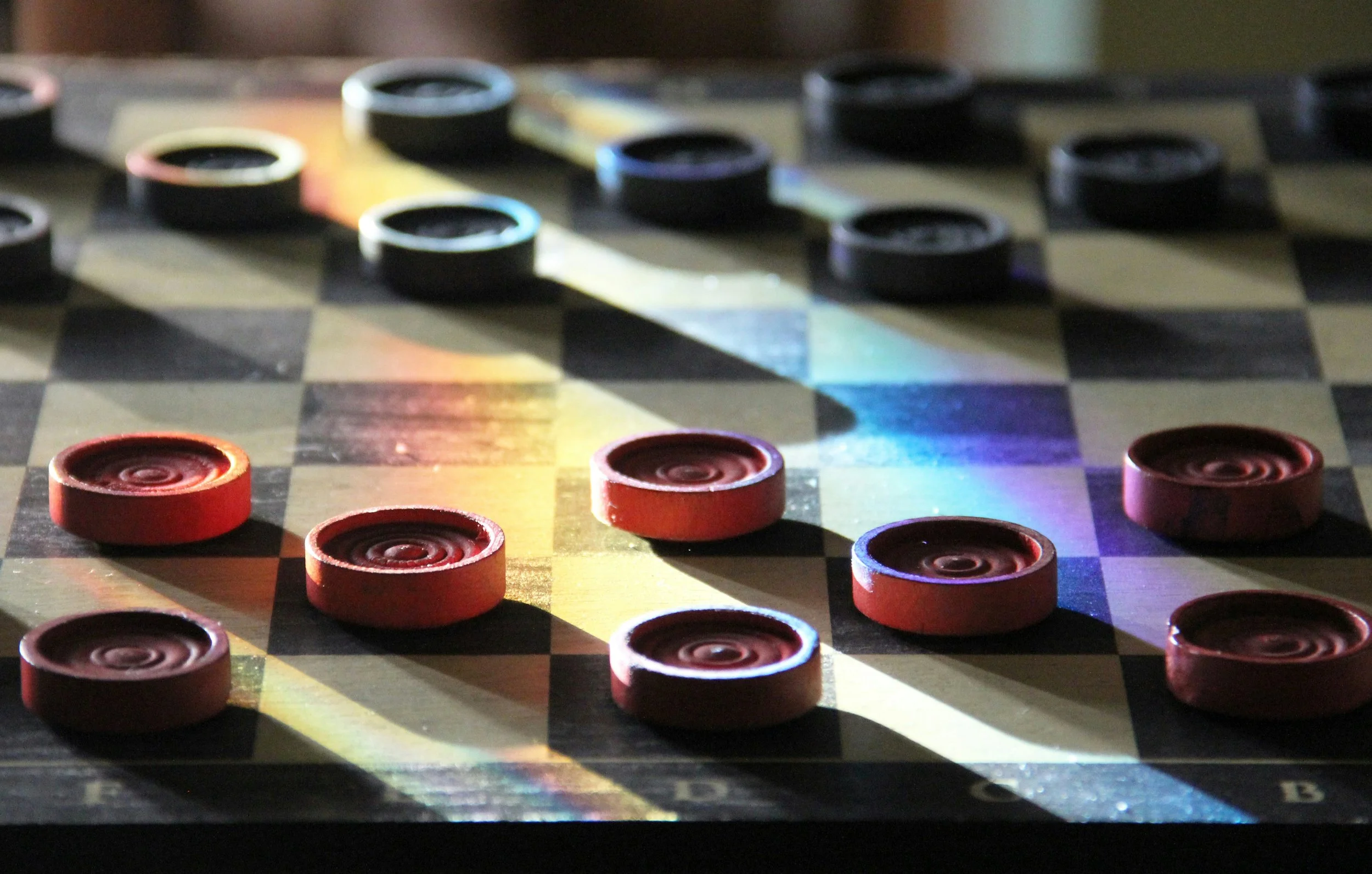The Healing Power of Play: Why Your Inner Child Needs Summer Too
You might not call it disconnection at first. You might just feel… dull. Or heavy.
Like you’re always “on,” always in survival mode. Maybe you don’t laugh as much anymore. You can’t remember the last time you danced without needing a reason. You plan your days down to the hour but feel emotionally numb by nightfall. Creativity feels indulgent. Spontaneity feels unsafe. Rest only comes after you've earned it.
If this sounds familiar, you’re not alone.
For many of us, especially those shaped by Black, Brown, Indigenous, and immigrant lineages, joy was not a birthright we were encouraged to keep. It was rationed, reserved, and sometimes reprimanded. Playfulness didn’t fit the mold of survival. We were taught to grow up quickly and carry responsibilities too heavy for our young hands. So we buried our light to stay safe. We got serious. We forgot what it meant to feel free.
But the truth is, joy is not optional for healing; and play is sacred medicine.
Why Play Matters in Healing Work
At the heart of every soul-deep healing journey is a quiet, trembling question:
What would it take to feel safe enough to feel joy again?
What would it look like to let yourself be curious, silly, or light-hearted, even for a moment? What if the softness you’ve been craving isn’t a reward waiting on the other side of hard work, but the path through?
Healing isn’t just about processing pain. It’s about reclaiming what was stolen. Our ancestors knew this truth intimately. Even in the face of colonization, migration, oppression, and grief, they still sang. They danced. They gathered. They played. These were not acts of luxury. They were life-force. They were resistance.
Joy is not just personal, it’s ancestral. Reconnecting with it is a radical act of remembrance.
Movement, Expression, and the Inner Child
Each of us carries an inner child. This is not just poetic language. It’s a real and living part of our being that holds the memories of what it meant to be free, to imagine, to feel safe in our own magic. For many, that part of us has gone quiet, tucked behind the pressure to be composed, productive, or needed.
When we invite in play without shame or performance, we send that younger self a sacred message:
It’s safe now. You don’t have to carry so much. You can laugh. You can dance. You get to be free.
Movement is one of the most powerful ways we remember. Whether through dance, shaking, stretching, or rolling on the ground, movement opens us back up to ourselves. Our bodies hold everything—grief, joy, fear, dreams, and stories that were never spoken aloud.
What words alone can’t release, the body often can.
And in many of our ancestral traditions, joy and healing were not separate experiences. African diaspora dances, Indigenous drum circles, and expressive rituals throughout Latin America and the Caribbean were emotional release valves, nervous system balancers, and sacred ceremonies.
These cultural practices weren’t just celebrations. They were healing technologies passed down through generations.
The Science and Spirit of Play
From a physiological lens, play activates the parasympathetic nervous system—the part of our body that invites rest, digestion, and restoration. It helps to ease the constant vigilance many of us carry, especially those navigating racialized trauma, microaggressions, and inherited survival instincts.
But play is more than just science. It’s a portal. It softens our edges. It quiets the noise. It brings us closer to the divine.
In many sacred traditions, joy and expression were seen as signs of deep spiritual connection. In Yoruba practice, celebration connects us to the Orishas. In Taíno cosmology, movement and music open pathways to the ancestors. Across cultures, joy was never separate from Spirit—it was how we communed.
Play is holy. We just forgot. Now, we remember.
Unlearning Shame Around Joy
Part of reclaiming play means confronting and unraveling the shame we’ve absorbed around feeling good. Many of us were taught that healing must be heavy to be real. That pain earns credibility. That seriousness signals depth.
But what if healing could also be light? What if laughter could rise right alongside our tears?
We’ve been conditioned to believe that joy is frivolous or selfish, especially if we come from communities shaped by generational struggle. If you were raised to believe that pleasure had to be earned, or that joy makes you less committed to justice, this is your reminder:
You are allowed to feel good.
Your joy does not cancel out your care for the world. It fuels it.
Pleasure and play don’t make you less valid as a healer, advocate, or human. They remind you that you are alive. And aliveness is what keeps us going.
Gentle Invitations for Summer
Let this season be a turning point.
The warmth, the sound of children playing outside, the scent of flowers on the wind—all of it is calling you back to yourself.
Here are a few ways to gently reconnect with the spirit of play:
Revisit what delighted you as a child. Whether it was coloring, skipping, climbing trees, or dressing up, see what you can bring into your adult world.
Move every morning for three minutes. Let music guide you. No right way to dance, just movement that feels good.
Create with your hands. Touch clay, water, paint, or wood. Let yourself feel the textures of joy.
Build a joy altar. Add objects that remind you of fun, innocence, and freedom—photos, colors, feathers, toys.
Laugh with someone you trust. Not small talk, but soul-deep laughter that breaks open the heaviness.
These are not tasks or boxes to check. They are sacred invitations. Start wherever you are. Let it be messy. Let it be real.
You don’t need anyone’s permission. But if you’ve been waiting for a sign, here it is.
Your joy matters. Your laughter is medicine. And the world needs more of your light.
If you’re ready to deepen your emotional wellness journey alongside a community of men doing the same inner work, The BECOMING Membership is for you. This space offers intentional practices, guided reflections, and ongoing support to help you stay grounded as you redefine what masculinity, connection, and healing mean on your terms. It’s not about perfection—it’s about showing up, doing the work, and becoming more of who you truly are.
We’re also excited to welcome men into a sacred space of collective healing through our Men on the Block group, beginning August 9th. This weekly circle offers a powerful space for men to explore vulnerability, expression, and self-trust—all while building community and reclaiming emotional freedom.
Come play, heal, and remember what it means to feel alive again.


